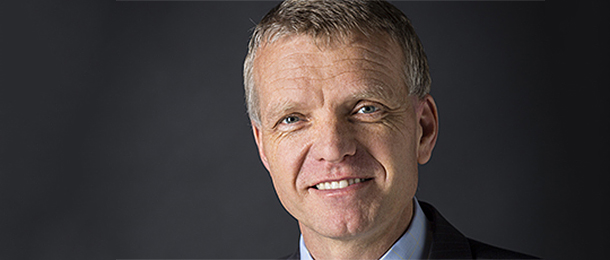Is the 15 per cent tax on the earnings from assets of more than $1.6 million a concessional rate of tax? You would have to go a long way to find someone who disagrees with this perception.
Personally I think it is disingenuous and here I will explain why.
Our personal tax rates increase as our income increases. It is a progressive system. For example, from 1 July 2016 those earning more than $87,000 pay 37 per cent tax between that amount and $180,000. They also pay the Medicare levy, so the total tax rate is 39 per cent.
The contrast with this is super funds and companies face a flat tax rate system of 15 per cent and 30 per cent respectively.
The problem with how our personal tax rates work is that it blurs decisions and observations. How often have you heard those who pay the highest marginal rate – 49 per cent including Medicare – receive a 34 per cent benefit for investing in super? The result being the difference between 49 per cent and 15 per cent.
Personally I think this view is mistaken and arguably poor research.
As noted, the super tax rates are flat tax rates and the personal tax rates are progressive. They are completely different approaches, meaning comparisons between the two need to be handled carefully.
The simplest way, and perhaps the only accurate way, of comparing these tax systems is to turn personal rates into an average tax rate, which makes it like a flat tax rate. That is, we need to work out approximately how much tax you pay for every dollar of taxable income – being assessable income less allowable deductions – you earn.
For example, someone with a taxable income of $85,000 and a marginal tax rate of 39 per cent, including the Medicare levy, will pay $20,872 in tax. This is an average tax rate of roughly 24.5 per cent. Someone with a taxable income of $300,000 has an average tax rate of 40 per cent.
When do you pay an average of 15 per cent tax including the Medicare levy? When you have taxable income of about $43,350.
You need personal income of more than $1.7 million to be paying an average of 49 per cent tax on your total income.
As we all know, many people pay net tax much less than their headline average rate because of tax concessions, refunds and offsets they are entitled to receive, for example, the family tax benefit.
Now $1.6 million in super assets is said to be ‘only’ taxed at 15 per cent.
But as we have noted, you need about $43,350 personal taxable income to have an average of 15 per cent tax on that income.
For term deposits currently paying about 3 per cent you would need about $1.46 million in non-pension super assets before you would receive any tax concessions from a super fund compared to the tax you would pay in your own name.
What about shares? Well of the dividends that are 75 per cent fully franked for Australian company tax you would need an additional $733,000 in net assets above the $1.6 million threshold, assuming about a 6 per cent yield that includes the franking credits.
This means you would need at least $3 million or $2.3 million, depending on where you have invested your money, before you could say that you are receiving a concessional tax rate on your super money above $1.6 million.
These are substantial sums of money that few have now and even fewer will attain because of the severe limitations on the ability to contribute to super.
Now it is true income and capital gains earned up to the first $1.6 million are tax-free. This is a great concession.
My point is that amounts above the $1.6 million balance cap amount are only concessionally taxed for people with very high super balances.
Tony Negline is head of superannuation at Chartered Accountants Australia and New Zealand.



